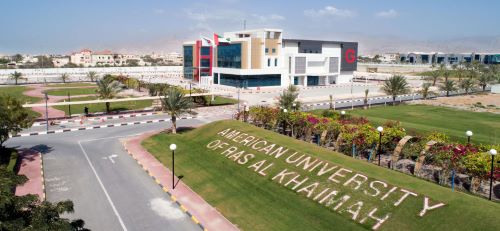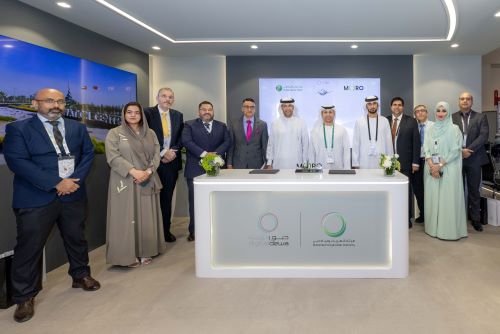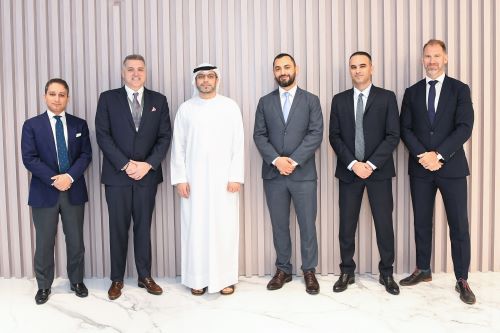2 AURAK researchers propose new framework to detect damaged kidney cells by using hardware accelerator

Ras Al Khaimah, UAE, June 23, 2023: Two prominent researchers from the American University of Ras Al Khaimah (AURAK) have proposed a new framework for detecting different types of damaged kidney cells by using a hardware accelerator.
Dr Arfan Ghani, Associate Professor – Computer Engineering, at the School of Engineering and Dr Rawad Hodeify, Associate Professor of Medical Biotechnology, have demonstrated a new approach to detect cell toxicity in real time using a method based on computer vision, different from the commonly used time-consuming method of examining the biochemical and structural changes of the cells.
Human kidneys are vital life-supporting organs that regulate fluid balance and keep the blood clean. Each kidney has millions of small structures called nephrons that work together to filter wastes that must be excreted from the body, such as toxins, wastes produced by cells, and excess fluids, which are removed from the blood through the urine.
The proximal tubule is a major part of the kidneys and carries out major functions, but it is also sensitive to injury from several causes, resulting in a decrease in kidney function. One of the most common types of cells used in studying human kidney function is human proximal kidney cells. These cells can be grown and maintained in the laboratory.
Dr. Ghani and Dr. Hodeify focused on exploring how toxic conditions such as abnormal ion balance or the presence of chemical substances in the kidney affect the survival of human proximal kidney cells.
In their studies, they tried to test the survival of human kidney cells in conditions where the calcium in the surrounding environment is higher than normal. In previous studies, testing the activity of these cells had been commonly done by examining biochemical and structural changes of these cells in different conditions, involving experiments that are difficult, time-consuming and costly.
To address the shortcomings of the current methods, Dr. Arfan Ghani devised a method based on computer vision. In computer vision-based techniques, cell images, for example, can be quickly analyzed for signs of diseases, enabling more accurate diagnoses at a fraction of the time and cost of traditional methods.
“The existing system has many shortcomings and deficiencies. Our focus was on mitigating these factors through the use of computer vision, and we succeeded in producing amazing results,” said Dr. Arfan Ghani. “The computer vision-based technique was further complemented by reconfigurable computing which offers the flexibility of the software combined with the high performance of hardware with very flexible high-speed computing fabric, called field-programmable gate arrays (FPGAs).”
He said the proposed hardware accelerator takes only 400ns to detect each cell image, which is a significant improvement over the software-based solutions.
Dr. Rawad Hodeify said: “Our technique scores over the current model. We have demonstrated that visual inspection of cells growing under different conditions using a microscope is more rapid than biochemical tests, but it is less conclusive, requires a long period of analysis by the experimenter, and is not very accurate.”
To further extend this work, the authors envisage developing an end-to-end solution with an augmented pipeline with the provision of additional resources.
Last Updated on 2 years by News Desk













